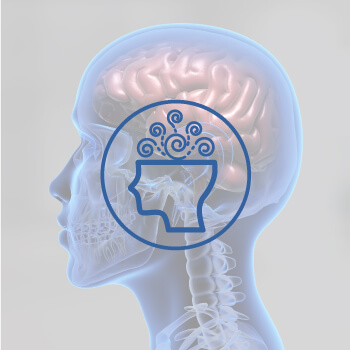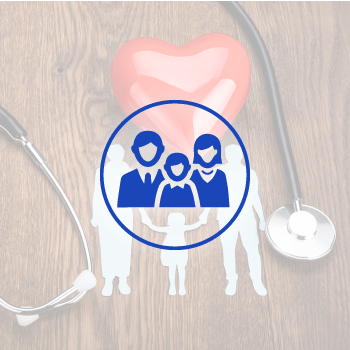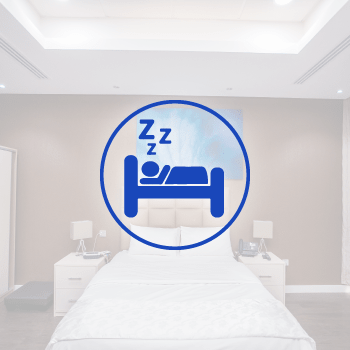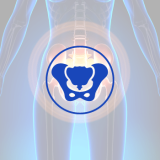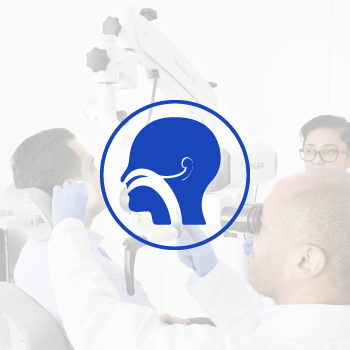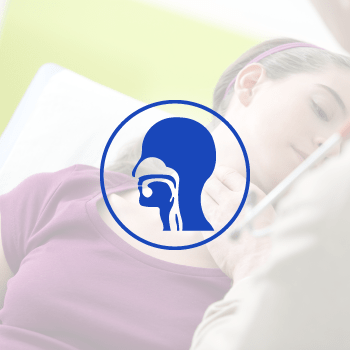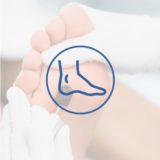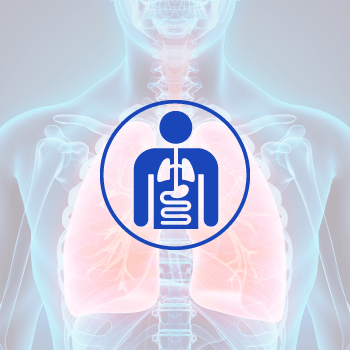Unlocking your child’s potential
Language consists of the words we use to communicate ideas and express our needs. It involves listening, speaking, understanding, reading, and writing.
Communication & Language milestones
Communication & language milestones mark significant stages in a child’s development journey, from infancy to adulthood. Understanding these stages is crucial for parents, caregivers, and educators to provide effective support and nurture children’s communication skills throughout their development.
A guide to communication milestones
- Birth to 1 Year:
- 13 to 18 Months:
- 19 to 24 Months:
- 2 to 3 Years:
- 3 to 4 Years:
- 4 to 5 Years:
- Crying as a means of communication, indicating needs like hunger, discomfort, or fatigue.
- Notices sounds.
- Makes cooing sounds like “oooo” and “ahh.”
- Babbling emerges around 4-6 months, with repetitive consonant-vowel combinations (e.g., “bababa” or “dadada”).
- Responding to familiar voices and sounds.
- Understanding simple words like “no” or their name.
- Gesturing (pointing, waving) to communicate desires or intentions.
- Recognizing and responding to familiar faces.
- Looks around when asked “where” questions, like “Where’s your blanket?”
- Follows simple instructions like “give” or “show” such as “Give me the ball,” “Come here,” or “Show me your eyes.”
- Points to ask for things or share thoughts.
- Shakes head for “no” and nods for “yes.”
- Knows and says words for common things and people.
- Identifies body parts.
- Uses gestures for excitement, like clapping or giving high-fives, or for humor, like sticking out their tongue or making funny faces.
- Combines sounds, syllables, and words in speech.
- Understands and uses at least 50 words for food, toys, animals, and body parts. Speech may not always be clear, with variations like “du” for “shoe” or “dah” for “dog.”
- Combines two or more words in speech, such as “more water” or “go outside.”
- Follows two-step instructions, like “Get the spoon, put it on the table.”
- Uses personal pronouns like “me,” “mine,” and “you.”
- Asks for help using words.
- Demonstrates understanding of possessives, like “Daddy’s sock.”
- Uses word combinations frequently, sometimes repeating words or phrases.
- Seeks attention by saying phrases like “Look at me!”
- Says their name when asked.
- Uses some plural words and -ing verbs.
- Talks about past actions with -ed, like “looked” or “played.”
- Provides explanations or reasons for situations, such as needing a coat when it’s cold.
- Asks questions like “why” and “how.”
- Answers questions about actions or choices.
- Says consonants p, b, m, h, w, d, and n clearly.
- Says most vowels correctly.
- Speech is improving but may still be unclear to unfamiliar listeners or those unfamiliar with the child.
- Compares things using words like “bigger” or “shorter.”
- Tells stories from books or videos.
- Understands and uses words for location like “inside,” “on,” and “under.”
- Talks about things using words like “a” or “the.”
- Pretends to read alone or with others.
- Recognizes signs like “STOP.”
- Pretends to write or spell and can form some letters.
- Says consonants like t, k, g, f, y, and -ing correctly.
- Pronounces all syllables in a word.
- Identifies sounds at the beginning, middle, and end of words.
- By age 4, speaks fluently without repeating sounds or words.
- By age 4, speech is mostly understandable, although may still have trouble with some sounds like l, j, r, sh, ch, s, v, z, and th.
- By age 4, pronounces all sounds in consonant clusters, but may not always produce them correctly in every word, such as saying “spway” for “spray.”
- Constructs correct sentences, often longer and more complex.
- Tells stories with main characters, settings, and connecting words like “and.”
- Uses irregular plural forms such as “feet” or “men.”
- Understands and uses location words like “behind” or “between.”
- Appropriately uses time-related words like “yesterday” and “tomorrow.”
- Follows simple directions and game rules.
- Identifies the front cover and title of a book.
- Recognizes and names at least 10 letters, and can usually write their own name.
- Practices reading and writing from left to right.
- Combines word parts and identifies rhyming words.
- Pronounces most consonants correctly, making speech understandable in conversation.
Signs of communication & language difficulties:
- Birth–3 months: Not smiling or playing with others
- 4–7 months: Not babbling
- 7–12 months: Making only a few sounds. Not using gestures, like waving or pointing.
- 7 months–2 years: Not understanding what others say
- 12–18 months: Saying only a few words
- 1½–2 years: Not putting two words together
- 2 years: Saying fewer than 50 words
- 2–3 years: Having trouble playing and talking with other children
- 2½–3 years: Having problems with early reading and writing. Ex: your child may not like to draw or look at books.
- Preschool Age (3-5 years): Trouble with grammar, pronunciation, and storytelling; lack of interest in books.
- School Age (6-12 years): Difficulty with reading, writing, and comprehension compared to peers; struggles with expressing thoughts clearly.
Early detection, Lifelong impact
Speech and language therapy is not just for identified problems—it’s a proactive resource to boost development.
Short-Term Impacts:
- Difficulty expressing oneself
- Frustration and social challenges
Medium-Term Impacts:
- Hindrance in developing strong relationships
- Emotional connections with peers and adults
Long-Term Impacts:
- Academic challenges
- Impact on self-esteem and overall well-being
Empowering your child’s growth
If you’re interested in learning more ways to enhance your child’s development or have concerns about their progress, consider booking an appointment at HSMC. Our team consisting of a Speech Therapist, ENT and Pediatricians is here to support you every step of the way.
Reference Source: American Speech – Hearing – Language Association (ASHA)

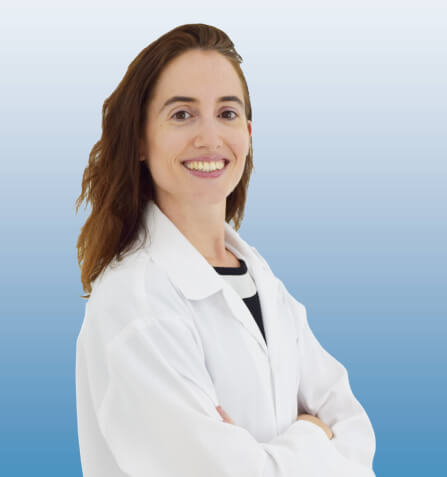
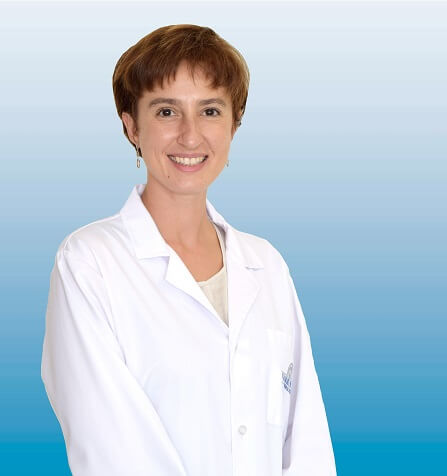
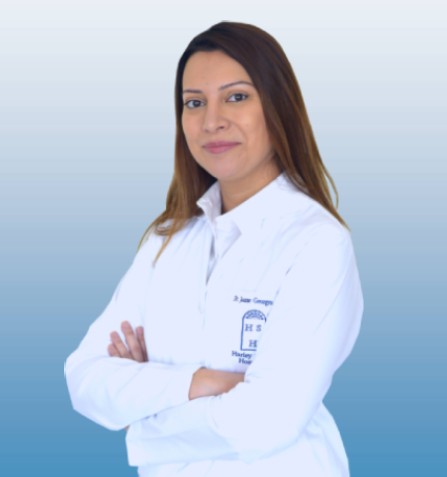
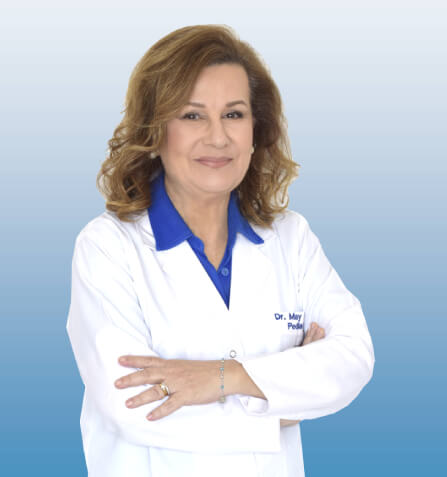



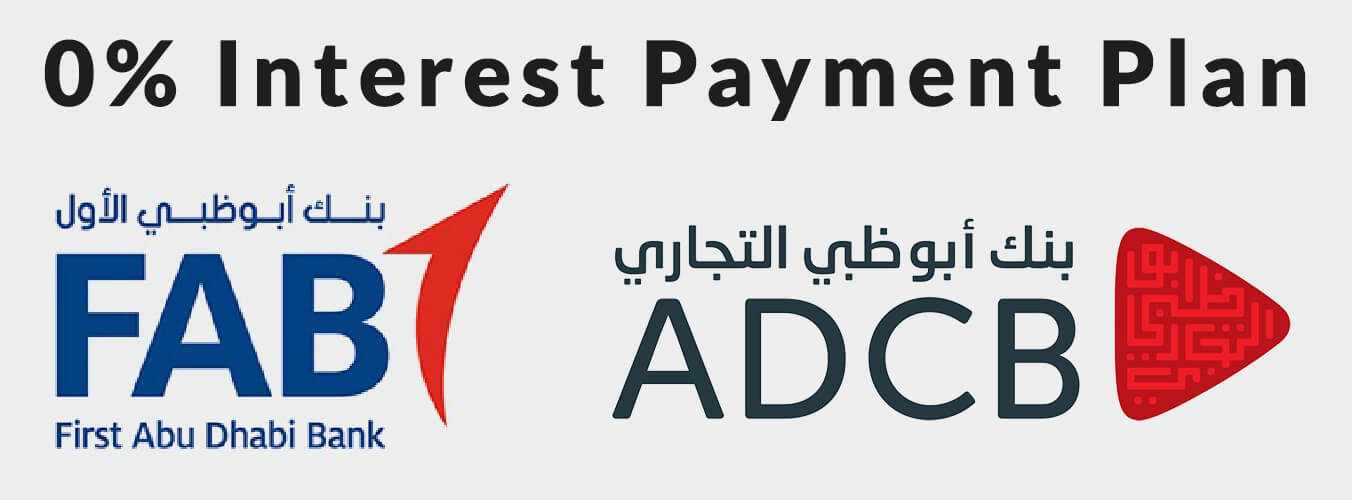
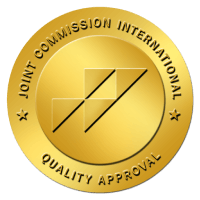
 أنقر هنا
أنقر هنا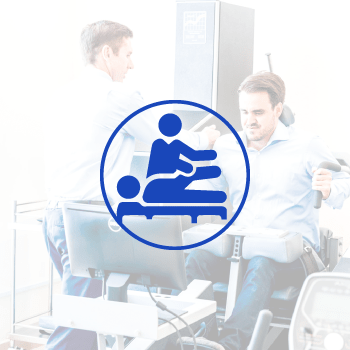 أنقر هنا
أنقر هنا
